Bobby Hensley, executive director of the Biloxi Housing Authority, has known easier times. Before Hurricane Katrina devastated the Mississippi coastline, the former Memphian lived with his wife in a condo on the beach in East Biloxi near Beau Rivage casino. His building made it through the storm, but it was gutted, and now Hensley sleeps most nights in a FEMA trailer while his wife stays in Memphis in a house the Hensleys have been trying to sell for three years.
On August 29, 2005, the Biloxi Housing Authority had 36 employees. That number has since dropped to 18. “And we’ve got a lot more to do,” Hensley says. “We’ve got so much more to do than we’ve done before.”
A massive housing development for seniors is nearing completion in East Biloxi. Hensley is proud to say that when it opens later this year, it will be the first public construction project to be completed since Katrina.
“We had two larger seniors facilities that were completely wiped out, and we understand they’re not going to build back,” Hensley says.
The seniors housing project was built so quickly in part because the Housing Authority had access to qualified workers who lived near the work site. Most of the Bay St. Louis-based workers who lost their homes in the hurricane moved into a camp of FEMA trailers located a few hundred yards from the project.
The Biloxi Sun Herald has run a series of stories about how, in spite of lingering unemployment, many recovering businesses in the region have been having trouble finding employees. Though one University of Southern Mississippi professor claimed this was a preexisting condition exacerbated by the storm, most blame the phenomenon on the lack of housing and, more specifically, the lack of lower- and middle-income housing.
“Nobody is living in Waveland because there are no homes for them to live in,” Habitat for Humanity’s Wendy McDonald was quoted as saying. “Who’s going to work at Lowe’s or Home Depot or anyplace?”
“We’ve seen a lot of commercial growth [on the Mississippi Gulf Coast] but not much in the way of creating affordable or middle-class housing,” Hensley says, adding that inflated property values have compounded the problem. “There’s a lot of frustration with insurance companies [not paying enough to rebuild], and everyone knows that if they can rebuild, they’ll have to build their properties [higher]. It costs a lot more to build up in the air than it does to build on a slab.” Land prices reflect that frustration, as does a general sense that casino and condo developers plan to buy up East Biloxi.
The inflated property values have combined with newly inflated insurance rates to make Hensley’s job even more difficult. “Insurance just isn’t reasonable,” he says. “Federal flood insurance only covers up to $250,000, and since we’ve got four- and six-plexes that are worth more than that, we’ve got to take out additional policies. Flood insurance that cost $10,000 a year ago is $150,000 now.”
The Biloxi Housing Authority has approached Keesler Air Force Base about land to build affordable housing on, and it has looked into school-owned properties. “We’d like to go after public properties first and stay away from high speculative costs,” Hensley says. “Otherwise we’ll have to go north of the bay.”
Hensley says moving the bulk of Biloxi’s affordable housing north is doable but problematic for two reasons: It takes housing farther away from available jobs and moves it into an area that is currently lacking basic infrastructure.
“There’s no public transportation there,” he says. “No water, no sewer.”
Hensley is also discouraged that the federal government hasn’t come through with funding.
“We received $7 million in emergency funding from HUD, and that’s all,” he says. “We’ve heard a lot of promises, and I’m sure something will eventually be done, but right now there’s no light at the end of the tunnel.”
Hensley believes that inflated land prices will eventually self-correct as people begin to understand that the casinos and condo developers can’t buy everything. He thinks it will take much longer to work out the insurance problem.
“This was a once-every-1,000-years storm,” he says. “And I think a lot of people have overreacted. I think FEMA has overreacted in some of the regulations for people who want to rebuild. Insurance companies have definitely overreacted with their prices.”
 Chris Davis
Chris Davis 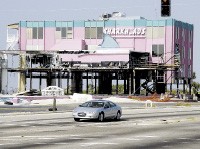 Chris Davis
Chris Davis  Chris Davis
Chris Davis  Chris Davis
Chris Davis  Chris Davis
Chris Davis 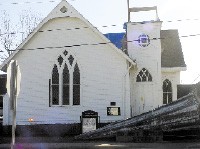 Chris Davis
Chris Davis 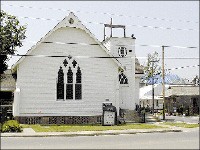 Chris Davis
Chris Davis  Chris Davis
Chris Davis  Chris Davis
Chris Davis 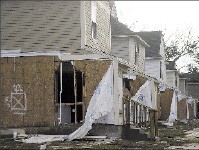 Chris Davis
Chris Davis  Chris Davis
Chris Davis 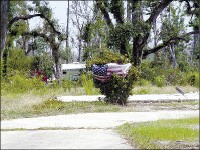 Chris Davis
Chris Davis  Chris Davis
Chris Davis 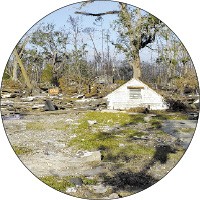 Chris Davis
Chris Davis 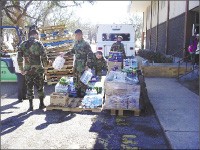 Chris Davis
Chris Davis  Chris Davis
Chris Davis  Chris Davis
Chris Davis